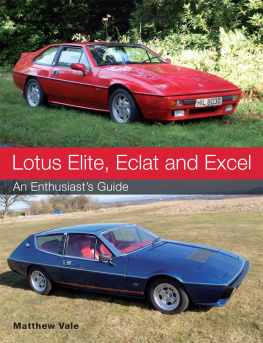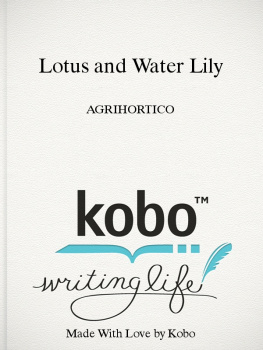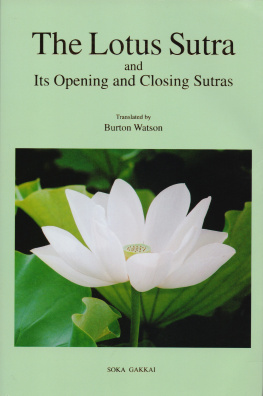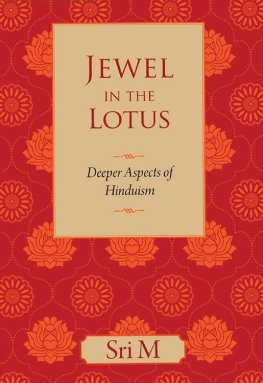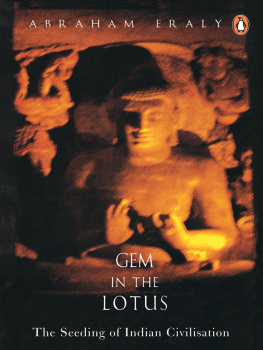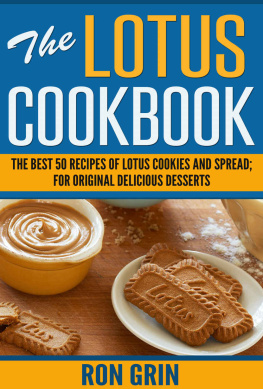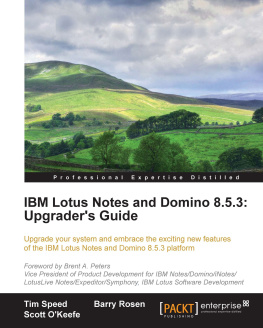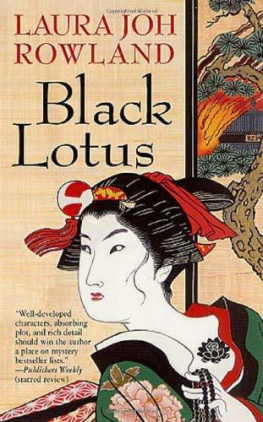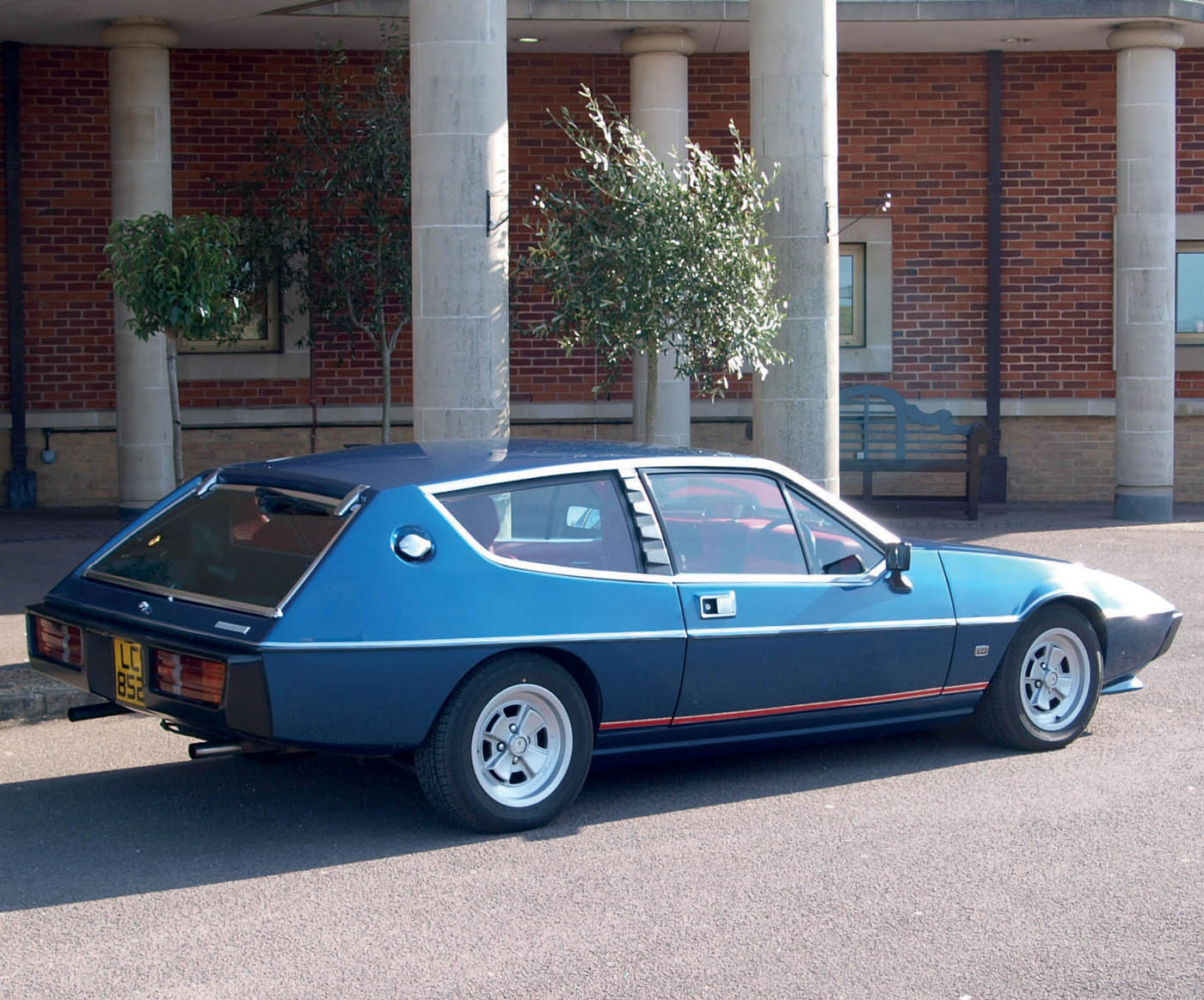
Lotus Elite, Eclat and Excel
An Enthusiasts Guide
Matthew Vale

THE CROWOOD PRESS
First published in 2016 by
The Crowood Press Ltd
Ramsbury, Marlborough
Wiltshire SN8 2HR
www.crowood.com
This e-book first published in 2015
Matthew Vale 2016
All rights reserved. No part of this publication may be reproduced or transmitted in any form or by any means, electronic or mechanical, including photocopy, recording, or any information storage and retrieval system, without permission in writing from the publishers.
British Library Cataloguing-in-Publication Data
A catalogue record for this book is available from the British Library.
ISBN 978 1 78500 079 9
Acknowledgements
Thanks are due to Mike Kimberley, formally Chief Engineer and CEO of Lotus, and Mike Taylor of Lotusbits for taking the time to be interviewed and photographed by me. Also, many thanks to John Walsh, Martin Bradley, Tony Poll and Leigh Greenham for allowing me to interview them and photograph their cars, and The Oxfordshire Golf Hotel and Spa for the use of their site for photography of Leighs Elite. And of course thanks to my long-suffering wife Julia and daughter Lizzy for putting up with me disappearing into my study to write this book. Thanks to Group Lotus PLC for permission to use various images throughout the book.
Lotus press images courtesy of Group Lotus plc.
Nomenclature
In some sources, including some but not all published by Lotus, Eclat is rendered as clat. However, as the majority of sources do not use the accent, Eclat without an accent has been used throughout for the sake of consistency.
CONTENTS
CHAPTER ONE

BACKGROUND TO THE LOTUS ELITE
INTRODUCTION
The Lotus Type 75 Elite was introduced in May 1974 and was a four-seat GT car aimed at the discerning, well-off, middle-aged driver who needed a car with four full-sized seats to carry ones family or business associates but also wanted the good performance, handling and roadholding that had always marked out Lotuss previous offerings. In a way the new Elite was a logical progression from the Elan Plus 2; another view was that it was a radical first step into the luxury car market for Lotus. Either way, the Elite was a bold move both in car size and market position for Lotus, and Lotus wanted to capitalize on the larger margins that could be made on a car that was a size up from the Elan.
While the Elite retained Lotuss trade mark pop-up headlights, its styling was completely different to previous Lotus models. In the 1970s the latest styling trend was for an aerodynamic wedge shape, along with a lot more straight lines and fewer curves. The Elite adopted these trends to produce a startlingly up to date appearance, with a low, smooth front blending into the higher cabin area which maintained its line to the back of the car, giving plenty of passenger headroom and a clean two-box shape. The styling was enhanced by the use of a near vertical, clean cut-off at the rear, with the rear window doubling up as a hatchback a look first seen in the Reliant Scimitar GTE and which suited the Elite, but this feature did make for a somewhat heavy looking rear quarter. Although it only had two doors, their length and wide opening made access to the heavily sculptured rear seats relatively easy. The Elite had active and passive safety built into the design, with excellent handling and roadholding and an extremely strong passenger cabin.

The Elite was a four-seater, two-door coup with sports car handling and performance while cosseting its passengers. The car had distinctive styling and took Lotus upmarket. GROUP LOTUS PLC
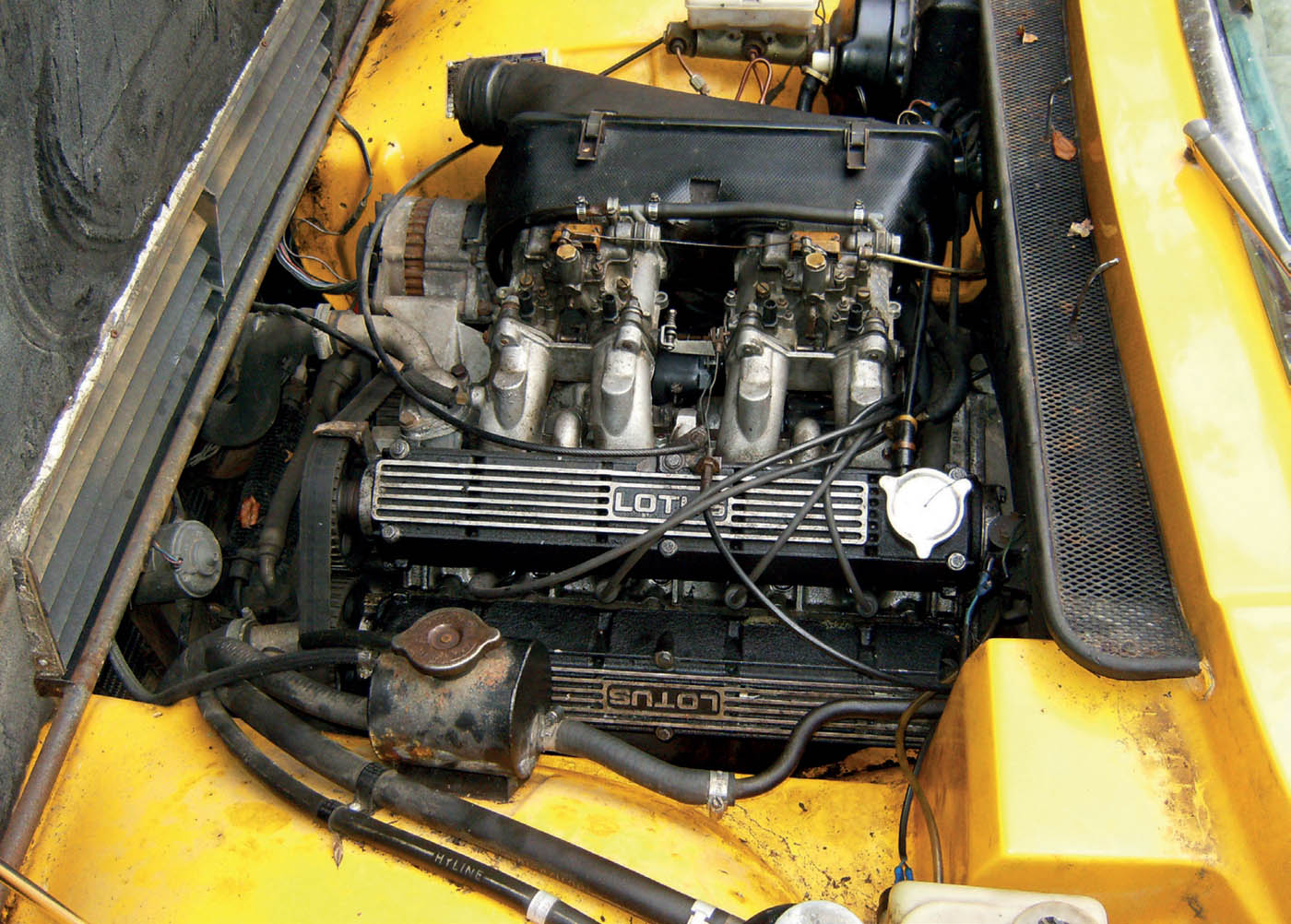
The Elite was powered by Lotuss own state-of-the-art, 2-litre, twin-cam motor. With twin carbs the engine put out some 160bhp to give the Elite adequate performance.
The Elite was equipped with the then new Lotus 907 engine, a state-of-the-art, 2-litre, 4-cylinder, 16-valve double overhead cam unit. This was coupled to Lotuss own five-speed gearbox which used Austin Maxi internals to give good if not spectacular performance, with a 060mph time of 78sec and a top speed of 125128mph (201206km/h). Fuel consumption was very good for the size and performance of the car at 2628mpg (10.910.1ltr/100km), a result of the cars light weight its unladen weight was only 2,450lb (1,111kg) efficient engine and good aerodynamics.
The Elite gave rise to two derivatives, the Eclat and the Excel. The Eclat was a restyled coup version, sacrificing the Elites unique rear styling and good rear passenger headroom for a more stylish exterior. With its more conventional coup styling, the Eclat was more mainstream than the Elite and was in the end a better seller, spawning the Excel, the last of the Elite-inspired family.
THE DON SAFETY TROPHY
First awarded in 1965, the Don Safety Trophy aimed to promote the continuing development of vehicle safety standards through good engineering design and innovation; to encourage the use of such new developments and to acclaim those who advance these aims. The trophy was presented yearly to a vehicle or component manufacturer that met these aims and in 1975 the Lotus Elite was the recipient.
Originally conceived by Don International Ltd, a subsidiary of Manchester-based Small & Parkes (a vehicle component manufacturer that still manufactures commercial vehicle brake components under the TMD Friction Group), the Don Trophy was an important driver of vehicle safety during the 1960s and 1970s. A panel of safety experts considered entries from all car manufacturers, but all the entries had to be in production and being used regularly at the time of submission, so this was a serious attempt to reward actual exponents of safety.
The Elite won the trophy in the year after the car was launched, and joined other worthy winning British cars such as the Range Rover (1970), the Jaguar XJ6 (1968) and the Jensen FF (1965). The award based on the many safety features that were incorporated into the design of the Elite, including the strong passenger cell (the ring of steel); door beams; rollover protection; front and rear impact absorbing bumpers; inertia reel seat belts; and many other features leading to the car exceeding many international safety standards by 100 per cent.
The original press release stated:
Whilst recognizing the limited clientele for the Elite owing to its price and the sporting type of vehicle it represents, the Panel nevertheless felt the successful use of GRP body construction plus the wide margin by which the Elite meets the US and European legal and safety requirements and the emphasis placed on reduction of the risk of fire in the case of a collision, allied to good fuel economy and low emission of pollutants, added up to a substantial improvement, in terms of both primary and secondary safety in a high performance car.
Another telling line from the citation stated that:
Many manufacturers go to great lengths to show the public pictures of cars repeatedly hitting concrete walls. From the conception of the Elite, Lotus concentrated their attention equally to designing the car in such a way that it can avoid hitting walls in the first place and provide the secondary safety structure just in case the wall moves!
Next page
